Cyber Monday 2025 eCommerce Shatters Records
Reading Time: 3 minutesSummary Cyber Monday 2025 has officially become the largest online shopping day…
A few years ago, the entrepreneurship bug bit me. Quite hard. And I decided that even with a full time college and a full time job, I had enough time to build a side business. I latched upon the e-commerce model as the perfect choice for my needs and went about creating a platform that would let people order food for themselves on the go. I created a food-ordering website for the company, but when the time came to launch a native mobile application, I decided to forego it because app development would have cost $300.
The result? Well, the business ran for exactly 17 days before unceremoniously shutting down, leaving me in debt. The takeaway? Do NOT ignore the importance of smartphones and associated applications if you are serious about starting and maintaining a business of your own. Or you may find yourself in the same shoes I found myself in all those years ago.
But that was so many years ago, you say? Well, do you really need me to bombard you with statistics regarding the growth of smartphones in the world of online commerce in order to be convinced? Well, since you asked for it, here you go:
According to data coming from OuterBox:
Still, need convincing?
The number of mobile users in the world is growing rapidly. The surge in mobile interest began sometimes in the last decade and is now reaching saturation in many countries, leaving behind billions of people who avidly use their smartphones for everything from messaging to shopping, to booking tickets for the upcoming movie.
According to statistics, people now spend around 59 percent time on mobile devices — as compared to 41 percent on PCs, while purchasing or prospecting for deals online. A lot more purchases occur on desktop (at present) but it is merely a matter of time before smartphones overtake desktops for good, as the top way to purchase stuff.
Native mobile applications allow you to build a brand presence. Sure, websites do as well however, native mobile applications are your own little corner on a potential customer’s smartphone. They are totally dedicated and the person installing them is very easy to convert into business — since he/she would not have installed your application if he had not been interested in your products in the first place.
This could well be the single greatest advantage associated with native mobile applications. Smartphones are a virtual treasure trove of data when it comes to your clients. Depending upon the permissions you have obtained at the time of installation, you application can extract all sorts of data. This included location, habits, whether and so on.
This data can then be leveraged in various ways. Including using it to create personalized offers that can then be sent to all potential customers in form of push notifications. Since these offers are tailored using real time information, you can expect them to do much, much better than a marketing e-mail or message.
Today’s millennial youngsters are an entirely different breed of customers. The aren’t wooed by run of the mill advertising/marketing tactics. Disruption is what you need, if you are looking to generate any sort of excitement among them. Just take Snapchat’s spectacle vending machine for example. It was a very clever hack that worked wonders in the lead up to Snap’s IPO.
Know more about Native Mobile Application: click here
However, not everyone can come up with a vending machine for their products. As such, it is important to find other ways of nestling your brand close to them. And doing this using a mode they are totally comfortable with. And what better way to do that than smartphone applications?
So you see, it is actually pretty important, no vital, to have a native mobile application. It will be a brand statement and can be downloaded and deployed by your biggest fans. The app will not only benefit you in the long term, but it will also help drive short term conversions. How? By allowing customers to indulge in impulsive purchases.
To get a perfectly fabulous and fantastic MageNative mobile application for your Magento e-commerce store with a 30-day free trial, please click right here. Look at it this way: You are not losing anything. If you don’t feel the app is doing you any good, you can just forego purchasing it after the month is over. But give it a try, and I am sure the results will surprise you.
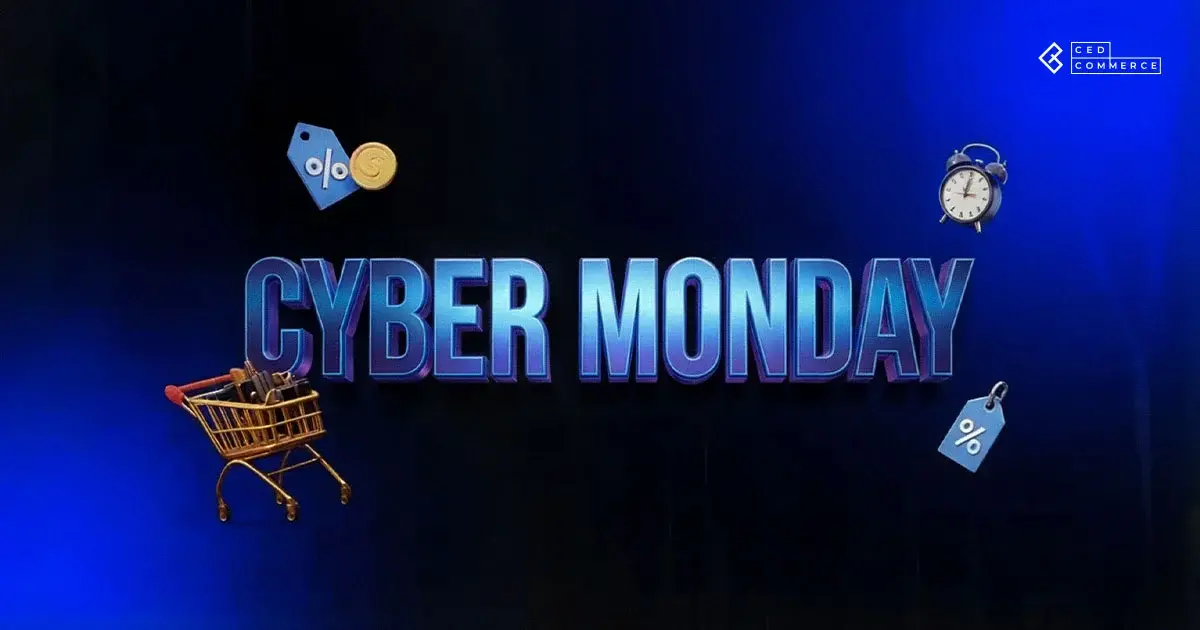
Reading Time: 3 minutesSummary Cyber Monday 2025 has officially become the largest online shopping day…
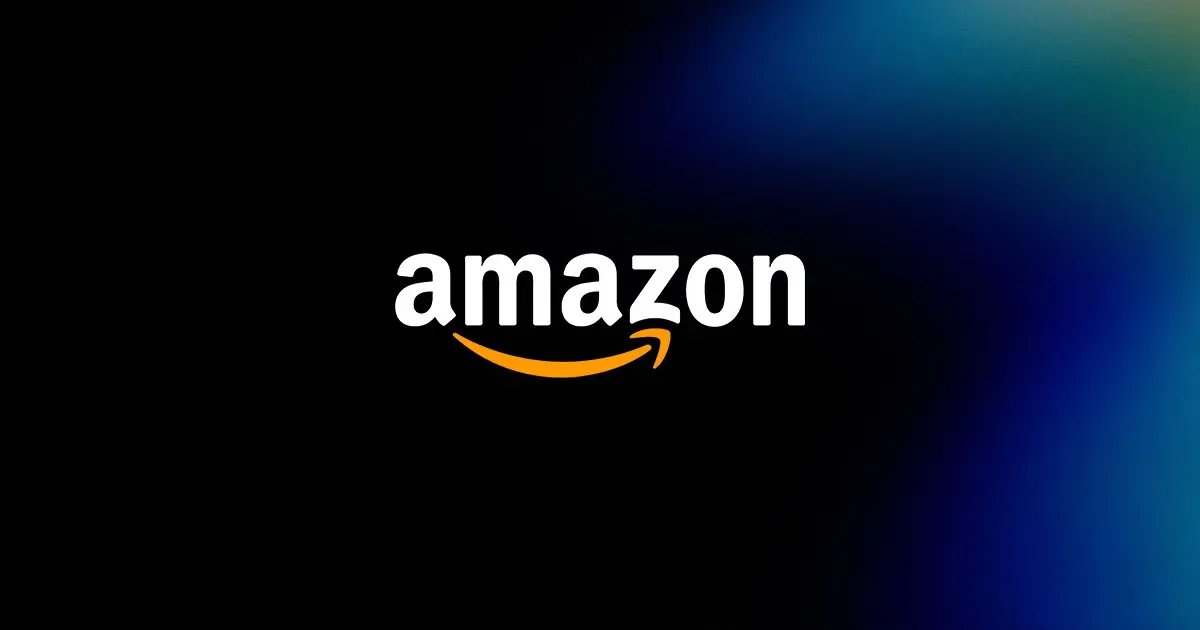
Reading Time: 2 minutesSummary Amazon kicked off December with two major developments shaping the future…
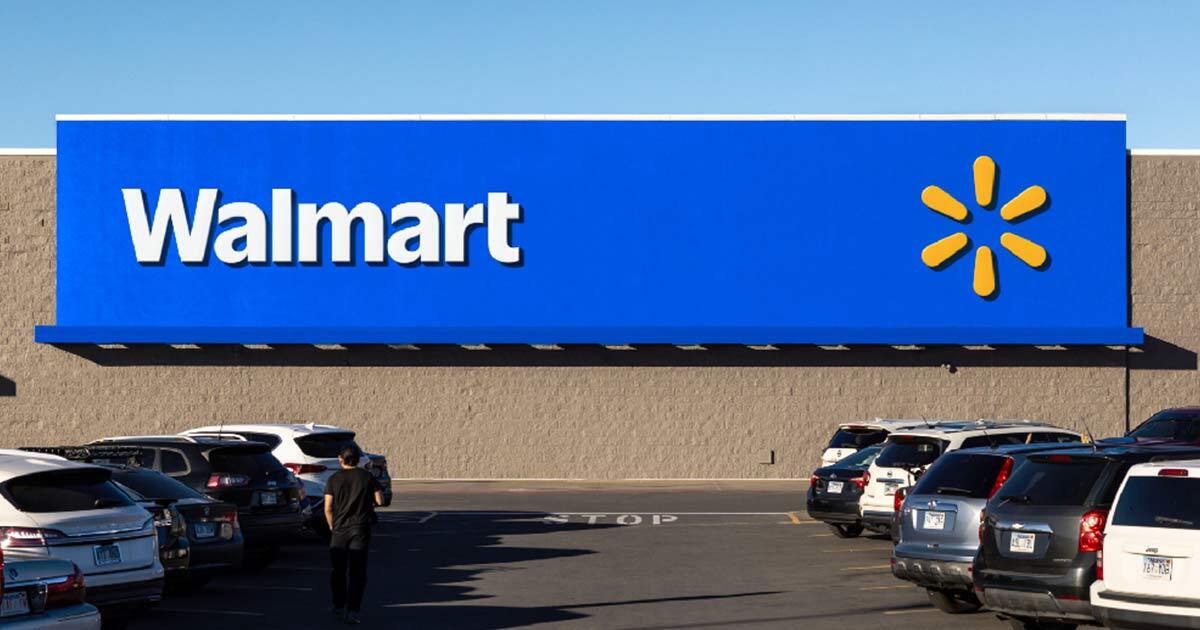
Reading Time: 2 minutesSummary Walmart has entered December with two major moves that signal a…
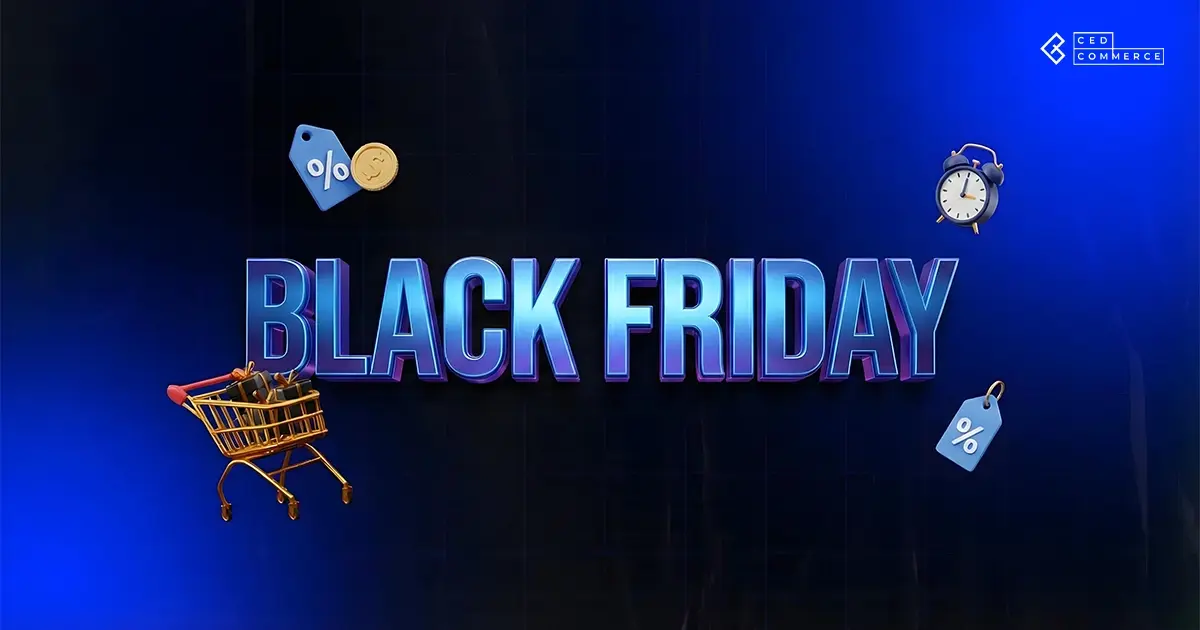
Reading Time: 2 minutesBlack Friday 2025 delivered the strongest U.S. eCommerce performance in history, as…
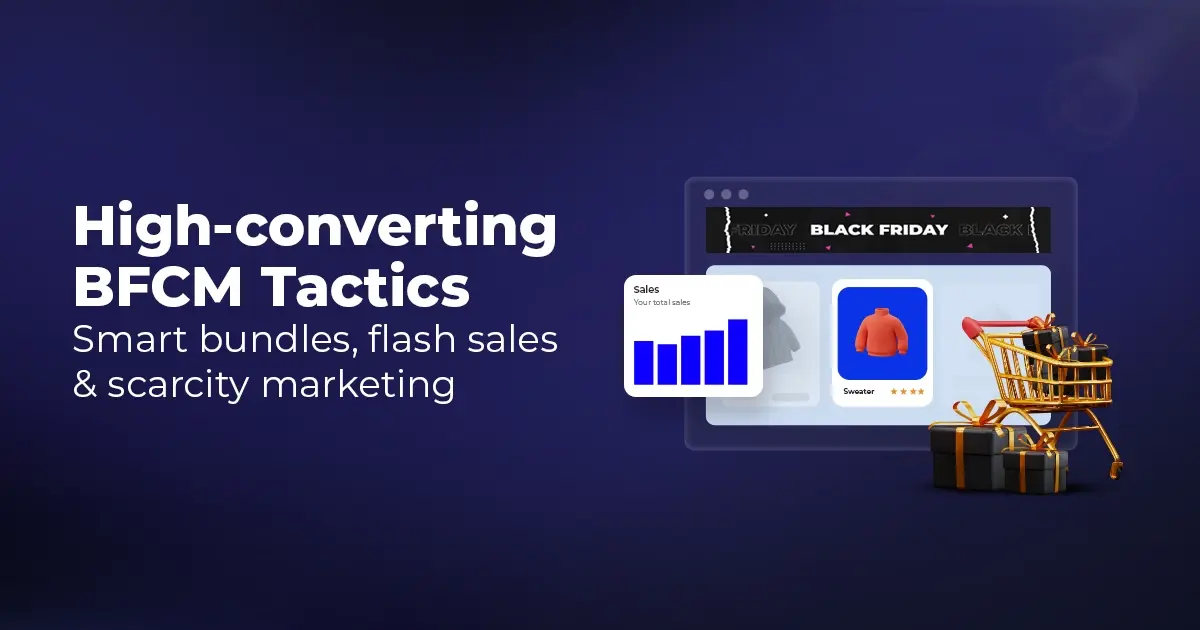
Reading Time: 13 minutesStill approaching BFCM with generic discounts, last-minute price cuts, or scattered promotions?…

Reading Time: 3 minutesTikTok Shop reached a major milestone during its largest U.S. “Global Black…

Reading Time: 3 minutesOpenAI has announced a new AI-powered shopping research tool designed to help…

Reading Time: 9 minutesIf your TikTok Shop listings often sit in review or your visibility…

Reading Time: 3 minutesAmazon has rolled out a new “Seller Challenge” feature for eligible Account…

Reading Time: 3 minutesWalmart Marketplace has sharpened its requirements around product classification (category, type group,…

Reading Time: 3 minutesJust ahead of Black Friday, Amazon is enforcing tighter controls on its…

Reading Time: 11 minutesWhere holiday prep of past years focused on legacy channels like Amazon,…
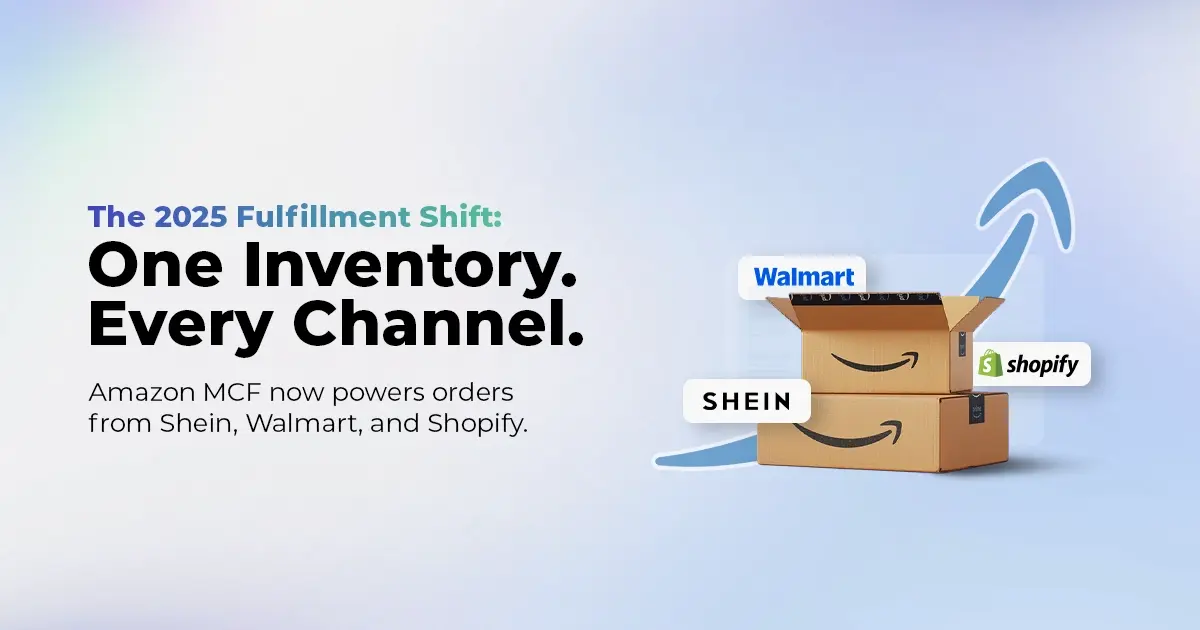
Reading Time: 11 minutesThe eCommerce shift you actually need to act on Multi-channel fulfillment has…
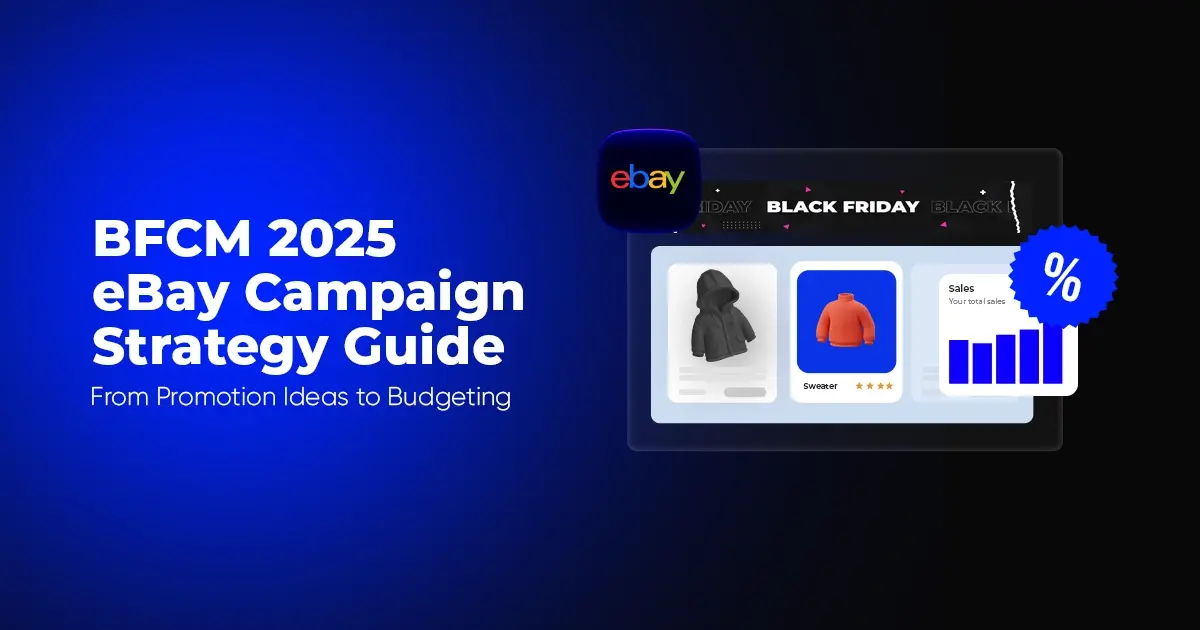
Reading Time: 10 minutesBlack Friday Cyber Monday (BFCM) isn’t a weekend anymore; it’s a two-month…

Reading Time: 2 minuteseBay is quietly testing a new feature that could reshape how buyers…

Reading Time: 2 minutesAmazon is stepping into a new era of value commerce with the…
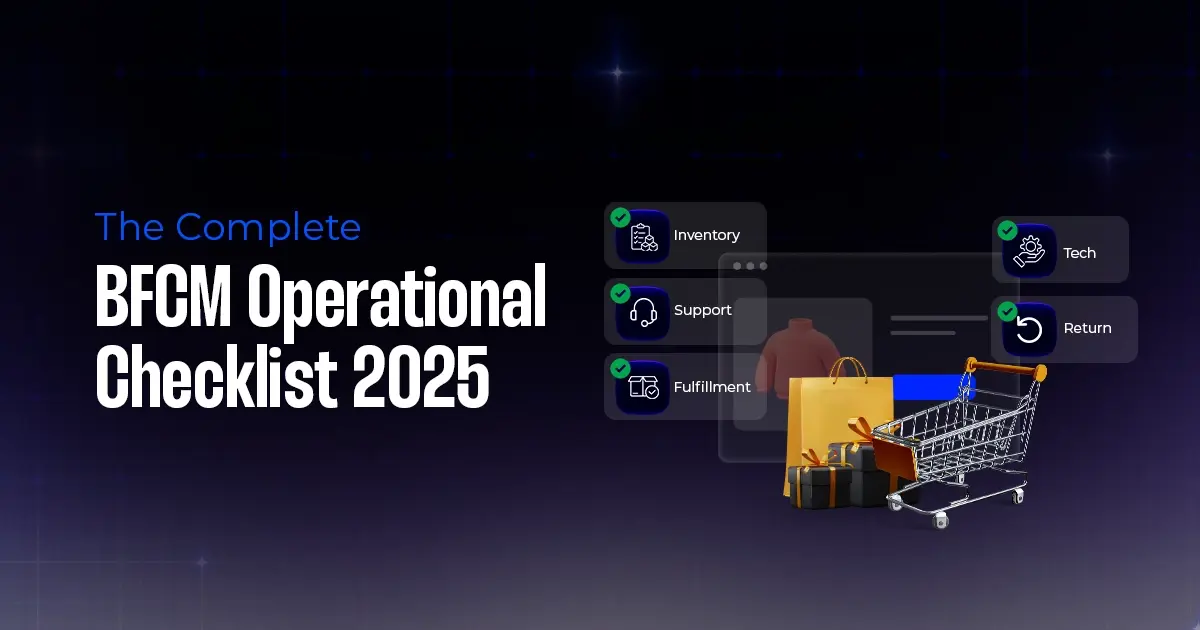
Reading Time: 11 minutesThe $240 Billion BFCM Opportunity & Why Operations Matter Every seller, business,…
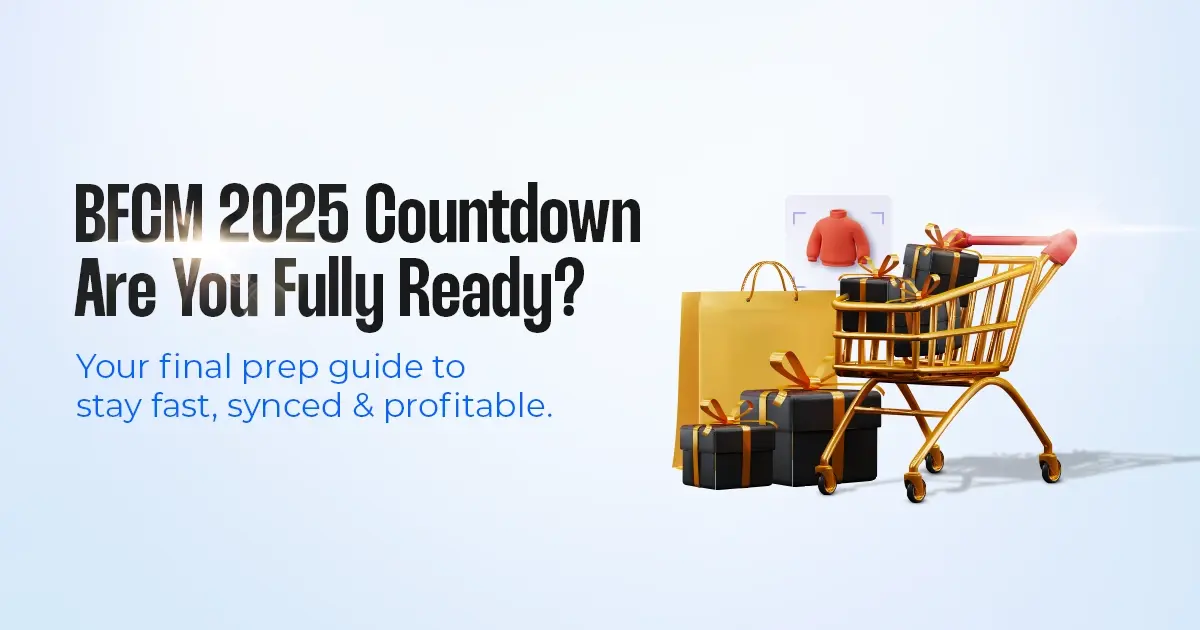
Reading Time: 7 minutesTL;DR — Your 60-Second BFCM Battle Plan Time remaining: 3 weeks until…

Reading Time: 2 minutesChina’s Double 11 shopping festival — the world’s largest annual online retail…

Reading Time: 2 minutesAs the holiday season approaches, TikTok Shop has released its September 2025…
Very Nice article Thankyou for sharing with us
A team of scientists from MIT and Harvard University developed a hair-brushing robot that uses computer vision and sensorized soft brush end effectors. The soft robot called ‘RoboWig’ is intended to aid people with limited mobility
for more information visit the website: https://www.analyticsinsight.net/mits-hair-brushing-robot-is-set-to-redefine-hair-grooming/
Hi analyticsinsightseosub
Thanks for your valuable comment at our blog, if you are looking to build a Native Android and iOS App for your Online Store. you can contact us at : support@magenative.com.
or simply you can register yourself for free trial at: https://magenative.cedcommerce.com/app-trial
Very nice article thank you for sharing the information
Companies like Microsoft, Apple, Paypal that faced a decline in 2020, are now expected to bounce back their tech stocks by 2021. Predictions are that the growth will be constant.
For more information visit here: https://industrywired.com/5-tech-stocks-expecting-a-business-rebound-in-2021/
Hi Industrywired1
Thanks for reaching us, if you are looking to build a Native Android and iOS App for your Online Store. you can contact us at : support@magenative.com.
or simply you can register yourself for free trial at: https://magenative.cedcommerce.com/app-trial
Leave a Reply